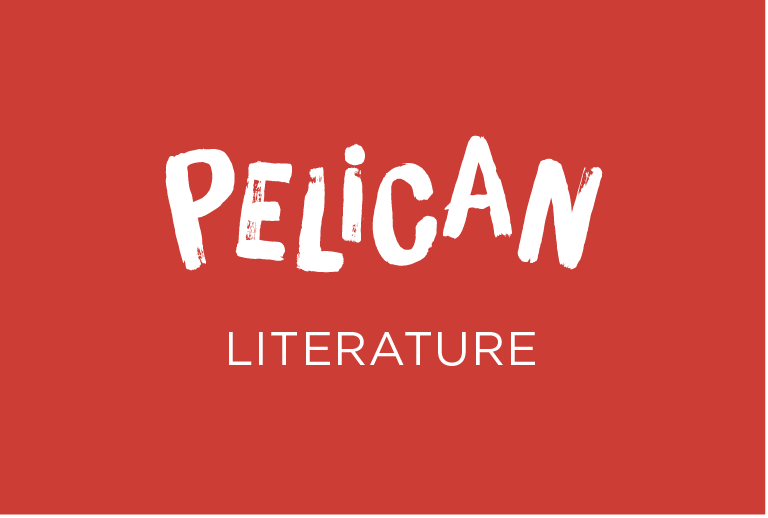It would be grossly naive to think children’s stories are undeserving of serious consideration. Prevailingly though, they’re seen as the ‘paddling pool’ of literature; a place we glibly float before maturation demands we heave-ho-huh-what into the rougher seas of Woolfy’s Waves. Simply because children’s books target an audience that sometimes pours honey in their ears and/or crawls around grassy spaces pretending to be a puppy (was I was guilty of one these? Yes), this doesn’t mean they can be written off as silly, facetious, purely diverting fare for midget cretins. Nah, mate. Like every other form of media we consume when we’re young and custardy, children’s tales are capable of significantly impressing themselves upon the sub-strata of our very consciousness and being.
The fact of its low-profile status in academia makes kids’ lit an extremely interesting province. There are a couple of semantic complications that attend the term though— by saying ‘children’s literature’, we make some automatic assumptions about what the category of ‘children’ means, and what the category of ‘literature’ means. Wikipedia limps weakly up to this difficulty by summarising children’s lit as ‘stories, books, magazines, and poems that are enjoyed by children’. But what about those salacious little crumbs who enjoy Game of Thrones at age 9? And surely there is no demographic that does not dig the surreal and grotesque cavalcade that is Alice. Dat hat. Dat cat. (So phat.)
The origins of children’s literature are quite fascinating, and like with almost any art form, deeply rooted in religion. Many came into being as ‘morality tales’— written to inculcate ‘wholesome’ attitudes and behaviours like discipline, obedience and a very self-abasing kind of godliness. The first book aimed specifically at the youth is thought to be John Cotton’s 1646 collection of Christian catechisms. It is long-windedly titled ‘Milk for Babes. Drawn Out of the Breasts of Both Testaments. Chiefly, for the Spirituall Nourishment of Boston Babes in Either England: But May Be of Like Use for Any Children’. A passage:
- Are you then born a sinner ?
A I was conceived in sinne, and born in iniquity.
- What is your birth-sinne ?
- ADAMS sinne imputed to me, and a corrupt Nature dwelling in me.
- What is your corrupt Nature ?
A My corrupt nature is empty of ( h ) Grace, bent unto sinne, and onely unto sinne, and that continually
Demonstratively, tales such as these are highly expressive of an anxiety surrounding juvenile development. This anxiety was stoked by the 17th century Puritan upswell, meaning the child figured in the English imaginary basically as a degenerate adult shrimp; blasted out of the evil loins of Eve’s descendents to enter the world a bawling maggot of moral toxicity. ‘Childhood’ as a period construct is in itself pretty novel— ‘invented’ in the 18th century— and it continues to be nebulous and wobbly across different cultures today.
The genre of kids’ books as we recognize them now really only took off with this Victorian invention (does this suggest a capitalist hegemony over growing up? Moot point, but I am Lenining towards YES). This was accompanied by the popularization of philosopher Locke’s theories on education, and his idea of the child as an innocent to be spiritually nourished, patronisingly cosseted, and most importantly, constitutionally invigorated for the ‘swiftly changing, upwardly mobile society’ of the industrializing nation. Credit for kickstarting the trend goes to Newberry’s 1744 ‘A Little Pretty Pocket-Book, intended for the Amusement of Little Master Tommy and Pretty Miss Polly with Two Letters from Jack the Giant Killer, as also a Ball and Pincushion, The Use of which will infallibly make Tommy a good Boy, and Polly a good Girl’— adding further proof that Happy Meal marketing had a precedent and that ‘succinct’ is something people back then just did not get. (Fun Fact tho: this book contained the first printed reference to baseball).
Whilst all children’s books retain the didactic impulse to some extent, modern authors like Morris Gleitzman, Lemony Snicket, Roald Dahl and Andy Griffiths (check Griffy at Perth Writer’s Festival ’15, yo!) snub their nose at its pretentions and conceits. Their writing embraces more the crude, violent and twisted that is the heritage of Grimm’s folk and Anderson’s fable (and probably good old goofy Australian gross-out culture too)— no Stephen King book will ever affect me quite so much as Paul Jennings’ ‘The Copy’— and the best strikes a gleeful rapport with the mischievous and often amazingly dirty pre-pubescent imagination. That they can set up and condition our first point of access to the realities of the human condition— ageing, mortality, cruelty, the brutality and beauty of love—means also that many of these stories cast a long, lanky and often thrillingly traumatic shadow over the adult soul. So give me dowagers defenestrated into cold leechy waters, give me Terrible Triviums and other such monsters, give me candy-jawed Jigsaws that manipulate and mince, give me inside-out people and that odd Little Prince, give me Too-ticky, trolls, and getting trapped in the shower— cause y’know I never really did give a fuck whatever the hell it was that Katy Did anyway. Fuck her.
Words by Kate Prendergast

